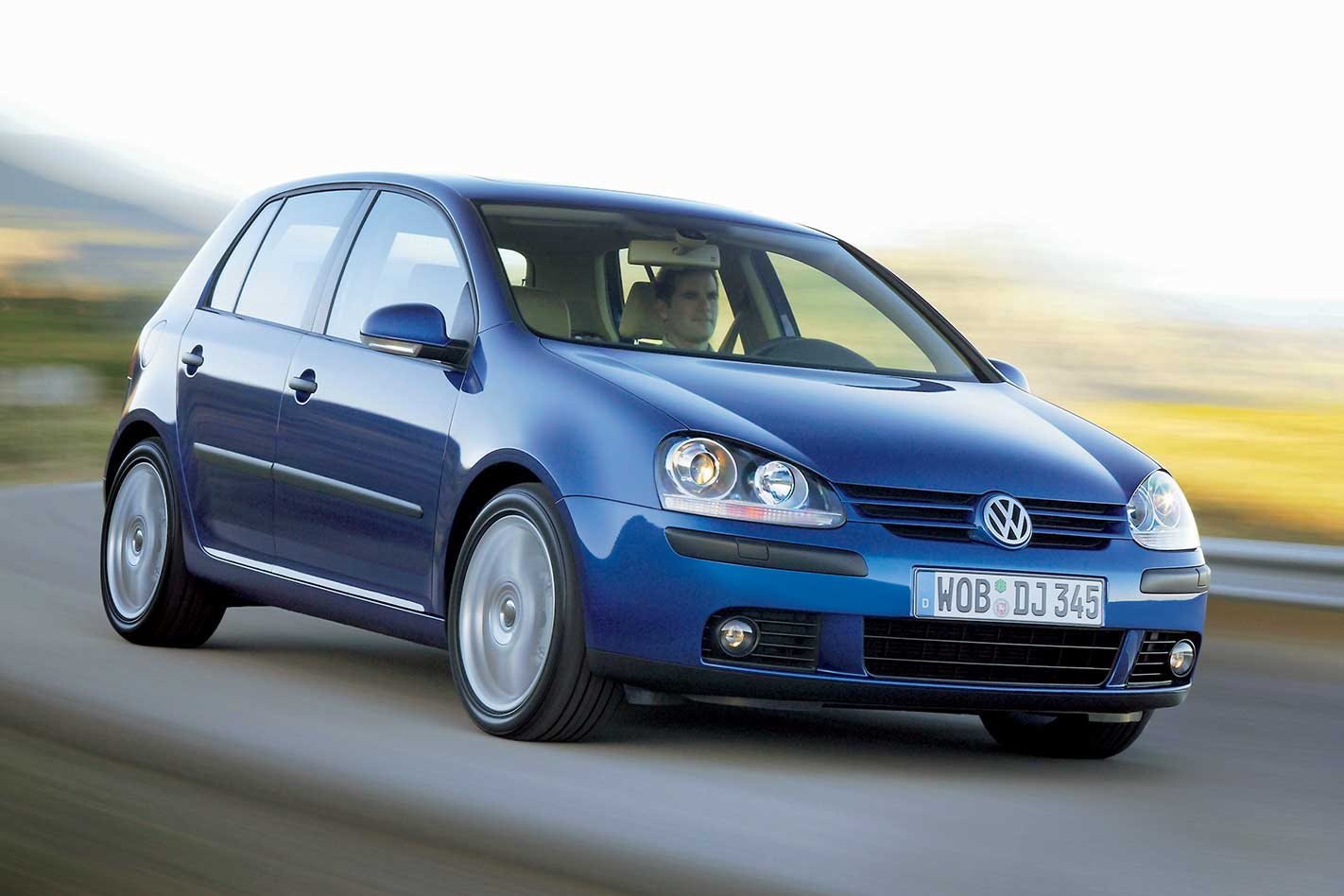Volkswagens, despite their German roots, have become iconic vehicles in the United States, with everything from the modest Jetta sedan to the high-performance Golf R enjoying a loyal following across the country.
Like many European cars, Volkswagens are sometimes perceived by American drivers as being unreliable or difficult to maintain, especially due to challenges in sourcing parts or finding qualified mechanics outside of dealership networks.
This may hold some truth when it comes to rarer models like the Volkswagen Corrado or a modified Golf R32 outfitted with performance upgrades.
However, the truth is that many Volkswagen models serve as dependable daily drivers, capable of rivaling the longevity and reliability of vehicles equipped with Chevy Small Block engines or built on Ford’s Panther Platform.
Of course, no car is truly immortal eventually, the sun will collapse, and the solar system will no longer exist but there are certain Volkswagens in the brand’s broad catalog that stand a solid chance of enduring the test of time.
With proper maintenance and care, these cars can continue running for many years. Naturally, neglect and lack of upkeep will shorten the lifespan of any vehicle, no matter the make.
Mk IV Jetta TDI
When people think of thrilling or exciting cars, the Volkswagen Jetta known as the “Bora” in markets outside the U.S. probably doesn’t come to mind, especially not the diesel-powered TDI version that was sold in the United States.
TDI Jettas were by no means fast by any standard, with early 2000s models producing just 90 horsepower from their diesel engines.
But speed wasn’t the point of the TDI it was built with fuel efficiency in mind, and seeing fuel economy figures exceeding 40 miles per gallon is far from rare with these cars.
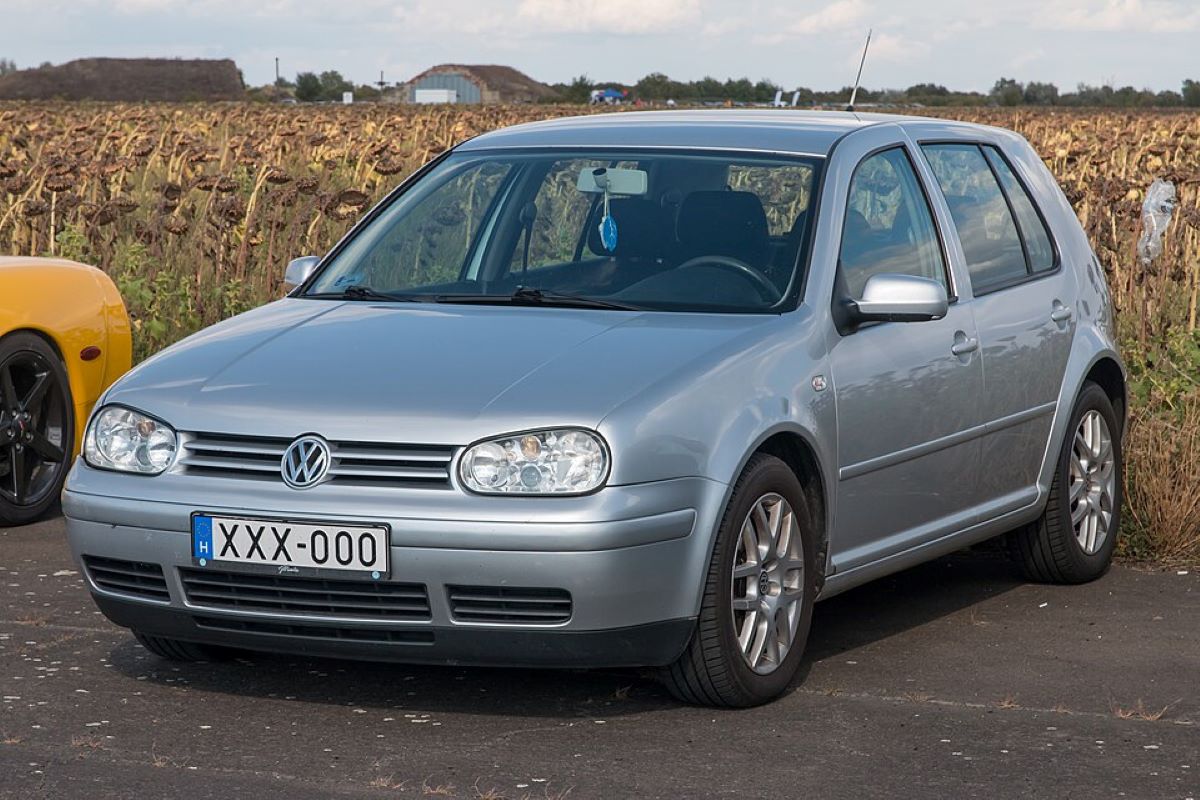
Another area where the Jetta TDI shines is reliability. When properly maintained and driven with care, these cars are more than capable of racking up several hundred thousand miles before rust begins to claim the body around the engine.
Some TDI Jettas have surpassed 400,000 miles with minimal issues. For many car owners, hitting 200,000 miles might signal it’s time to consider a new vehiclebbut for dedicated VW diesel enthusiasts, that mileage is often seen as just getting started.
The Beetle
The VW Beetle stands as one of the most instantly recognizable cars in automotive history. Although its origins trace back to Nazi Germany and the design was spearheaded by Ferdinand Porsche, the version that most people know and love hails from the 1960s and 1970s.
The classic Beetle often associated with the image of a free-spirited hippie en route to Woodstock earned a reputation for being remarkably reliable in its era, primarily thanks to its air-cooled engine.
Most of these engines were compact, horizontally opposed four-cylinders that produced under 50 horsepower.
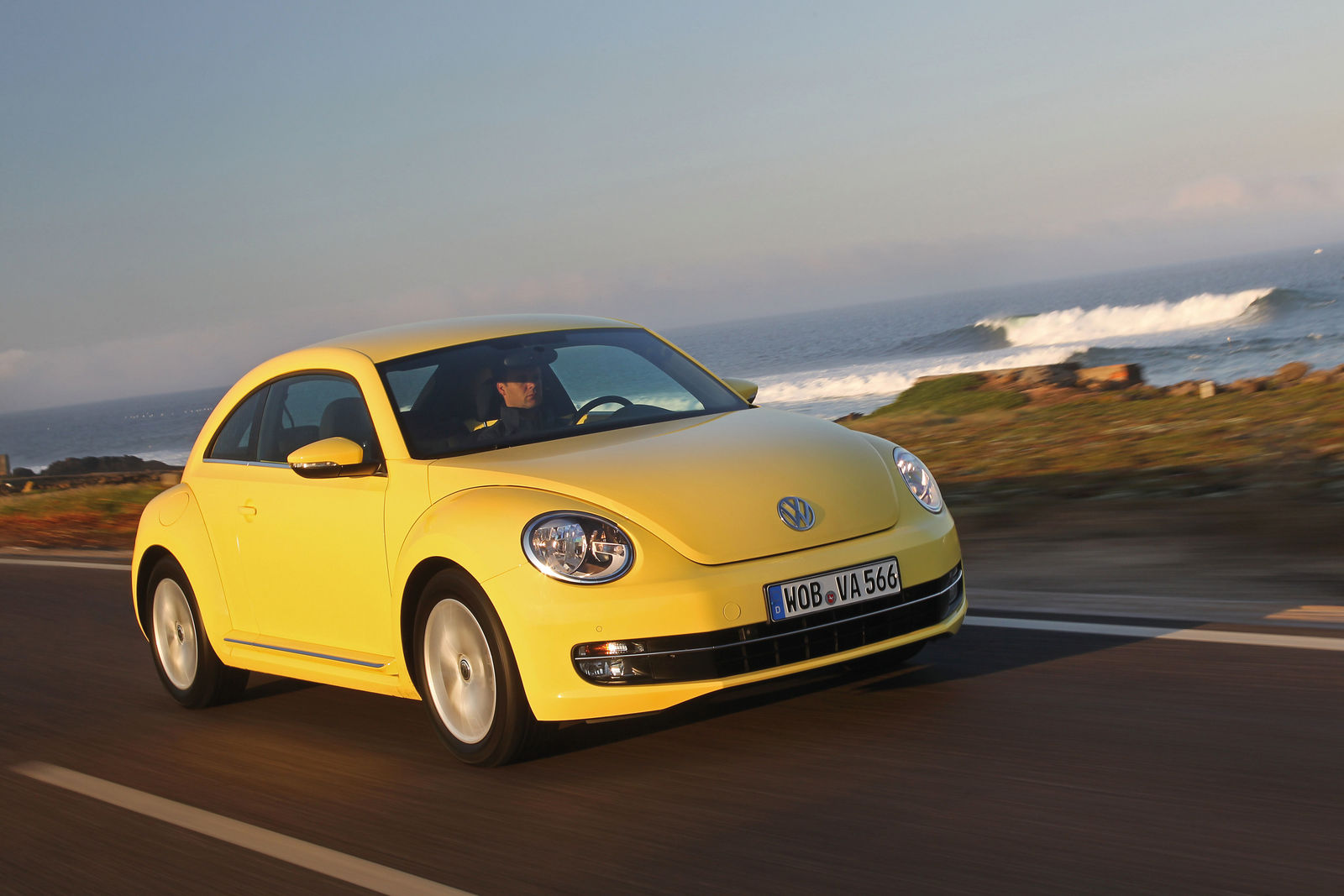
Its air-cooled nature meant that there was no radiator or conventional cooling system to worry about, provided everything under the hood was functioning properly.
Additionally, the Beetle’s simplicity was one of its greatest strengths. The interior of most models from that time was as minimal as it gets typically just two bench seats and a steering wheel.
The Beetle’s dependable nature comes from the fact that there simply wasn’t much that could go wrong fewer parts meant fewer things to break, resulting in fewer headaches for the owner.
The Bus
The larger counterpart to the VW Bug, the Bus also known as the Transporter rightfully earns its place in any discussion about dependable Volkswagens.
Much like the Beetle, the Bus owes its reliability to similar factors. Its air-cooled engine was known to perform reliably over long distances, regardless of the specific body style it was housed in.For Volkswagen enthusiasts, the Bus also offered a major perk the Beetle didn’t: interior space.

VW’s iconic microbus has firmly established itself as one of the best vehicles for road trips, regardless of what engine lies under the rear hatch.
For those who want a bit more performance, there’s always the option of swapping in a more powerful engine.
But if speed isn’t your concern, the stock air-cooled engine remains one of the best options when dependability is a top priority.
And considering these engines have been around in the U.S. for well over fifty years, sourcing replacement parts is unlikely to be a major issue.
Mk IV Golf TDI
If the Jetta doesn’t quite match your personal taste in terms of a practical diesel-powered commuter, then the MKIV Golf TDI could be the ideal hatchback alternative.
Choosing a model from the same era as the previously mentioned Jetta means you’re getting virtually the same drivetrain.
That translates to the same impressive fuel economy and dependable performance from a low-revving, low-maintenance diesel engine, combined with the practicality and popularity of the VW Golf one of Volkswagen’s most beloved models of all time.
TDI Golf owners and fans sing its praises endlessly on enthusiast forums, with multiple threads dedicated to its long-term benefits. But as is the case with every “good” car, there’s always a caveat.
In this instance, the caveat applies to vehicle ownership in general: a car is only as reliable as the care you give it. If you neglect maintenance, components will wear out sooner than expected.
That kind of approach might work temporarily with vehicles like the Corolla or Civic, but even then, it has its limits.
On the other hand, if you’re diligent about maintenance replacing worn parts, keeping up with fluid changes and belt replacements the 1.9-liter TDI engine can last an impressively long time. In fact, it’s not uncommon for these engines to surpass 200,000 miles.
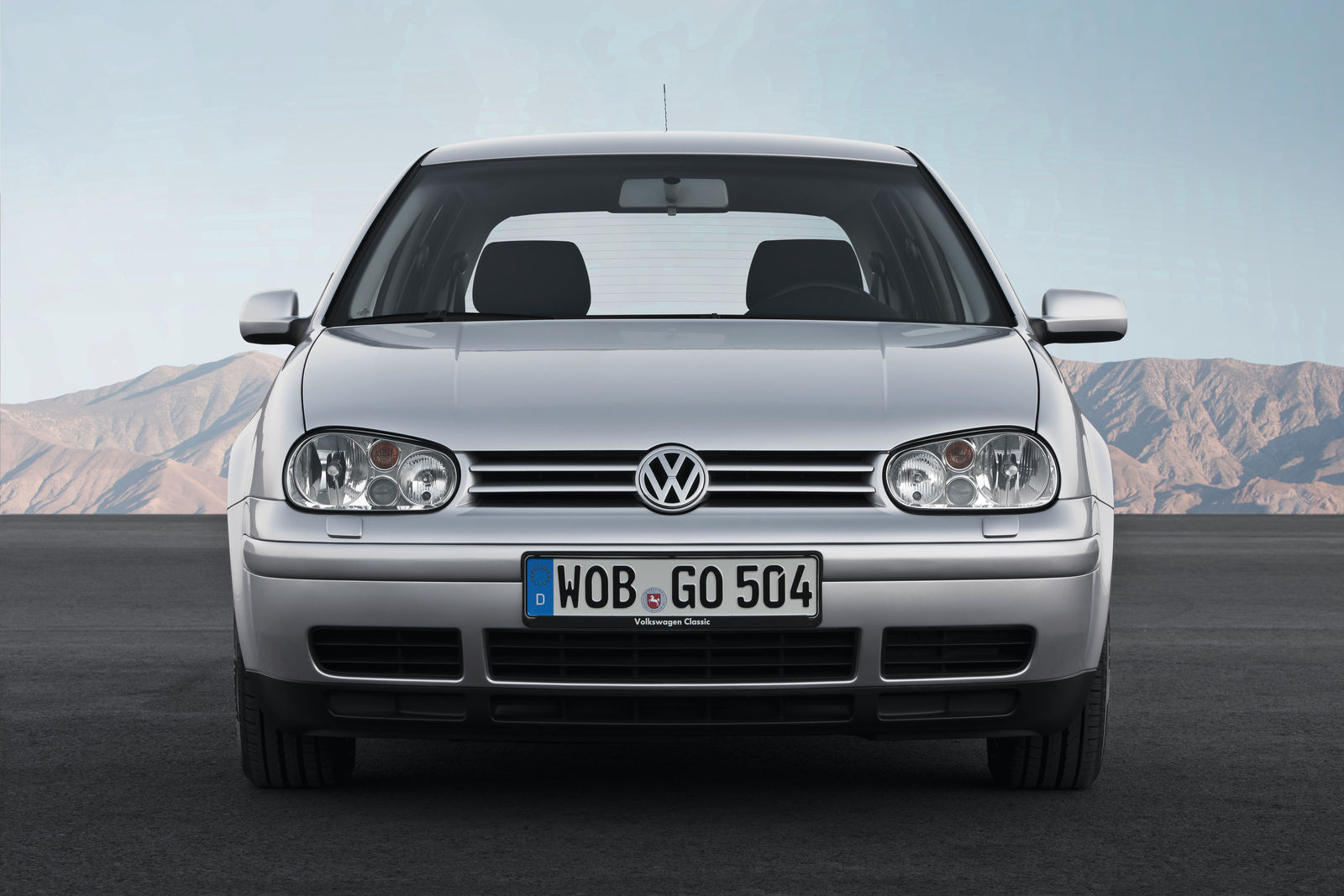
The Mk4 Volkswagen Golf is steadily inching toward modern classic status. Despite its age, it remains a highly appealing used car.
During the Mk4’s development, Volkswagen leaned heavily on Audi, which resulted in a vehicle that delivered notable luxury, quality, and refinement for its time—all within a package that was remarkably safe considering its era.
While alternatives from the same period, such as the SEAT Leon and Skoda Octavia, offer more value for money, and the original Ford Focus delivers a more engaging driving experience, none quite match the Golf’s robust build quality.
In fact, from a design standpoint, the Mk4 Golf still appears impressively modern. Choosing a well-equipped diesel variant adds another layer of appeal, with excellent fuel economy that stands out even today.
Another reason for the Mk4 Golf’s continued popularity is its ease of ownership. A growing community of enthusiasts has helped ensure that replacement parts remain readily available.
Thanks to its straightforward engineering, it’s also a car that many owners can maintain themselves at home.
Built before the widespread introduction of infotainment systems and advanced driver assistance technologies, the Golf’s electrical components are relatively simple and usually easy to repair or replace.
That said, the Mk4 Golf is now more than 25 years old, and the more neglected examples are beginning to show their age.
Problems range from minor electrical gremlins like faulty window motors and brake light switches to more serious mechanical issues such as worn suspension components and clogged throttle bodies.
It’s crucial to thoroughly inspect any Mk4 Golf you’re considering, especially if it’s a high-performance model. Cars like the GTI or R32 may have led hard lives and typically demand a stricter maintenance regimen.
As with any used vehicle, finding one with a comprehensive service history is essential. If the car has skipped scheduled maintenance or needs a timing belt replacement, it’s wise to reconsider—unless you have the mechanical know-how to handle the work yourself.
Taking the time to properly vet your potential purchase is particularly important when dealing with these higher-performance variants.
Mk I Golf GTI
Aside from the iconic Beetle, the original Golf GTI may be the most recognizable Volkswagen ever brought to the U.S.
It demonstrated to American drivers that Volkswagen wasn’t just about microbuses destined for Grateful Dead concerts it could also build compact cars that were light, engaging, and genuinely fun to drive.
The first Golf GTI, known in some markets as the Rabbit, debuted in 1976.
According to VW, it produced 108 horsepower in its initial version, which may not sound like much until you consider its featherweight design it tipped the scales at only 1,763 pounds.
Even today, first-generation Golf GTIs remain popular at track days and classic car auctions all over the country.
The car has become the automotive equivalent of a cockroach impossible to get rid of not because it’s undesirable, but because it just keeps on going.
Its bright personality and friendly face make it a welcome sight, and no one is likely to complain when they see a 40-year-old Golf casually cruise by. Many well-kept examples still on the road or appearing at auctions have logged well over 100,000 miles.
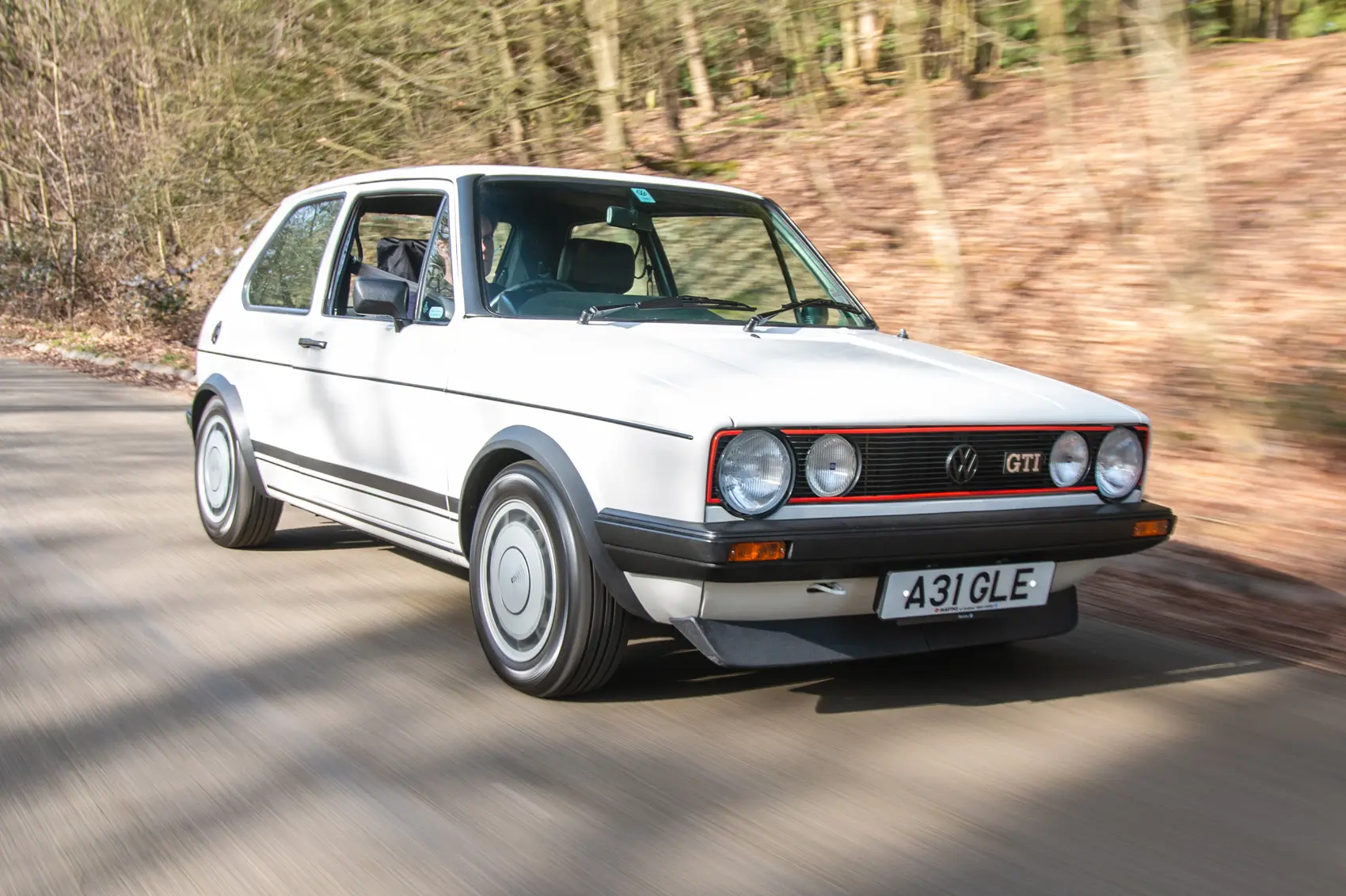
This is a car that hardly needs an introduction—but we’re going to give it one anyway.
While it might not have been the very first “hot hatch” in a technical sense, the Mk1 Golf GTI is widely regarded as the “spiritual father of hot hatchery”—the car that sparked a whole new automotive movement.
As the story goes, VW engineer Alfons Löwenberg recognized untapped potential in the company’s then-new supermini. Taking initiative, he assembled a group of like-minded colleagues who were willing to devote their spare time to developing a project they dubbed the ‘Sport Golf’.
Once the prototype was complete, they presented it to the higher-ups at VW, who were so impressed that they approved it for production.
At the 1975 Frankfurt Motor Show, Volkswagen pulled the covers off the Golf GTI—gran turismo injection.
Visually, it bore a strong resemblance to a standard Golf, save for a few distinctive touches like a chin spoiler, tartan seat upholstery, and bold pin-striping. But the real difference lay under the hood, where the GTI packed a 1.6-litre fuel-injected engine borrowed from the Audi 80 GT.
That powertrain was good for 0–60 mph in about nine seconds and a top speed of 110 mph. While those figures may not impress by today’s standards, they were plenty lively for the early Eighties.
Later Mk1 models were upgraded with larger 1.8-litre engines and swapped the original four-speed gearboxes for five-speed units.
The power bump was modest—112bhp versus the earlier 108—but performance still improved, with 0–60 mph times dropping to eight seconds.
Torque was also boosted from 103lb ft at 5,000 rpm to 109lb ft at a lower 3,500 rpm. Weighing in at just 840kg, the Mk1 GTI is 14kg lighter than the lightest current VW model—the Up—and nearly half the weight of a Mk7.5 GTI.
Right-hand drive versions of the Mk1 GTI made their way to the UK in 1979. In its first full year of availability, Volkswagen sold over 1,500 units in Britain alone, clearly demonstrating the market’s appetite for a practical yet exhilarating performance car.
Used Volkswagen Models Should Steer Clear
The Volkswagen brand (pronounced Folks-vah-gen) as we know it today has been around for 88 years.
On May 28, 1937, the German government, then under the control of the National Socialist (Nazi) Party, established a new automobile company named Gesellschaft zur Vorbereitung des Deutschen Volkswagens mbH.
Later that same year, the name was changed to Volkswagenwerk, which translates to “The People’s Car Company.”
The very first vehicle produced by Volkswagen was the Volkswagen Type 1, more commonly known as the Beetle. This iconic car was designed by Ferdinand Porsche and his engineering team.
Fast forward to the present, and the Volkswagen Group has become the parent company of some of the most renowned automotive brands across the globe.
These include Bentley, Porsche, Lamborghini, Audi, Skoda, Ducati, and Seat. Over the decades, Volkswagen has not only delivered some of the most commercially successful vehicles in the world but has also produced a lineup that includes several models praised for their dependability.
Among the vehicles considered in this ranking were the Atlas, Beetle, Golf, Golf Alltrack, GTI, Jetta, Passat, and Tiguan. However, even with a reputation for German engineering excellence, not every Volkswagen model has lived up to expectations.
Like all automakers, Volkswagen has released some vehicles that were marred by mechanical issues, costly repairs, and recurring recalls. In this guide, we’ve identified 10 used Volkswagen models that you should avoid at all costs.
Also Read: 6 Reliable City Cars and 6 That Aren’t Made for Stop-and-Go
2008 Volkswagen Eos
The Volkswagen Eos holds the distinction of being the world’s first production car to feature a sliding and convertible (CSC) roof.
The front section of the roof was made of glass and acted like a traditional sunroof, and the entire roof mechanism could open or close in just 25 seconds.
We even praised the VW Eos “to be among the best convertible values in town.” While the concept was promising and ideal for those in the market for a convertible, the car came with a number of issues.
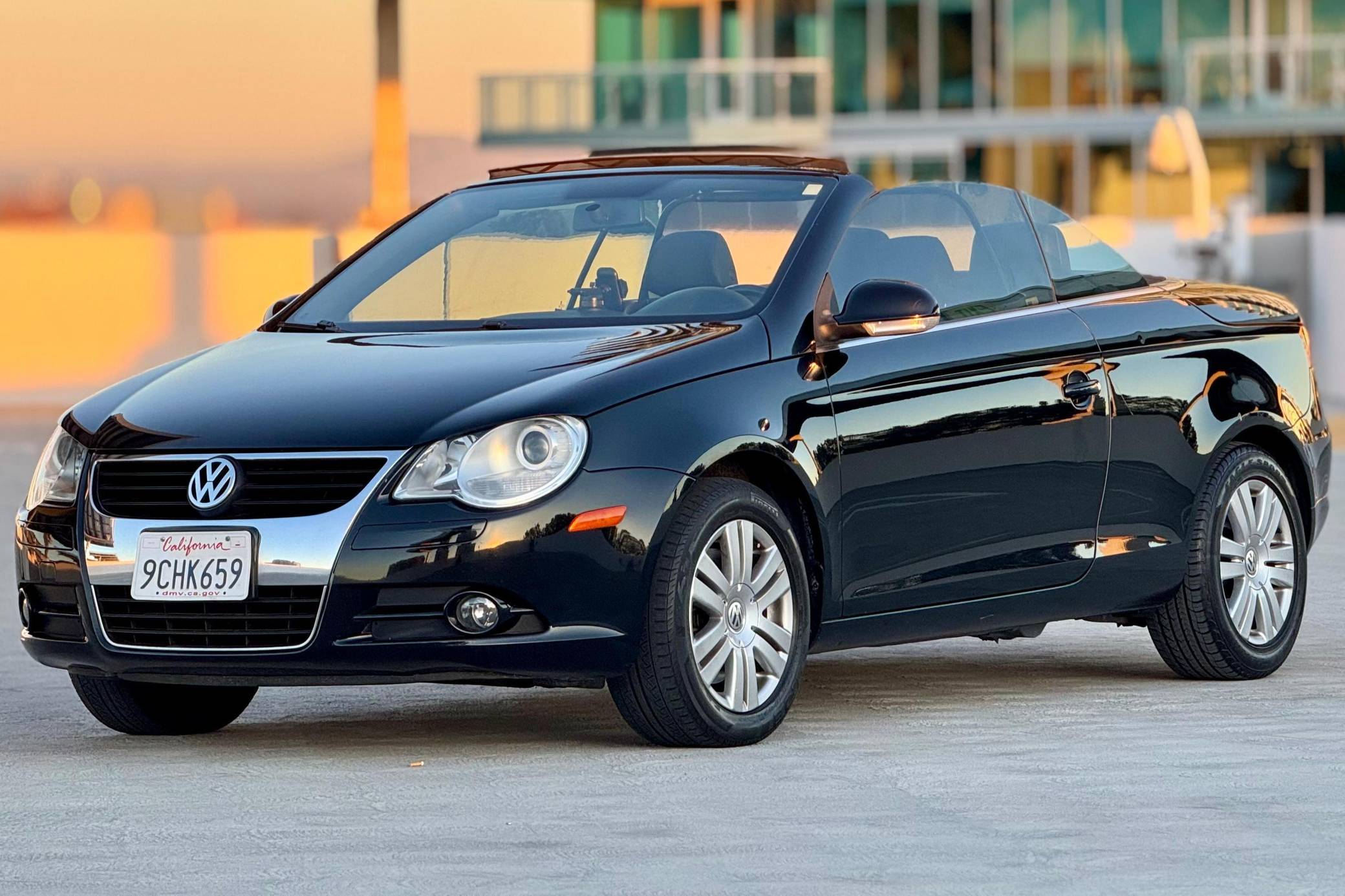
The 2008 Volkswagen Eos received enough owner complaints to be labeled the Worst Model Year.
Ironically, the most frequently reported problem was with the convertible top itself the feature that made the Eos stand out in the first place. Owners also experienced excessive fuel consumption and problems with the timing chain in the 2008 model.
Although there have been no official recalls for the vehicle according to NHTSA data, owners have filed complaints concerning engine malfunctions, airbag system failures, and electrical issues.
In addition to the 2008 version, it’s generally recommended to steer clear of the 2007, 2009, and 2012 Eos model years as well.
The 2008 Volkswagen Eos is a unique offering in the compact convertible segment, blending the versatility of a coupe with the open-air appeal of a convertible. Introduced in 2007, the Eos rides on a shortened version of the Passat’s platform and features an innovative retractable hardtop that includes a built-in power sunroof—something no other competitor offered at the time.
Under the hood, the Eos came with two engine options. The base 2.0T model is powered by a 2.0-liter turbocharged inline-four producing 200 horsepower and 207 lb-ft of torque, paired with either a six-speed manual or a six-speed dual-clutch (DSG) automatic transmission.
The more performance-oriented VR6 trim houses a 3.2-liter V6 making 250 horsepower and 236 lb-ft of torque, exclusively mated to the DSG automatic. All versions are front-wheel drive. Fuel economy for the 2.0T is rated at around 21 mpg city and 29 mpg highway, making it a reasonably efficient option for its class.
Inside, the Eos is comfortable and well-appointed, offering seating for four. The front seats are spacious and supportive, while the rear seats are best suited for short trips or smaller passengers.
Trunk space is decent for a convertible at 10.5 cubic feet, although it shrinks when the top is stowed. Standard features include alloy wheels, fog lights, and the signature power-operated hardtop with a sunroof. Higher trims bring added luxuries like leather upholstery, upgraded audio systems, and dual-zone climate control.
On the road, the Eos provides a smooth and balanced driving experience. The 2.0T delivers peppy performance, while the VR6 offers a more muscular feel. The suspension favors comfort over corner-carving sharpness, making it a great cruiser, though not a sport-focused machine.
In terms of reliability, the Eos is generally well-regarded for its solid construction, though the complex roof mechanism can be a weak point. Some owners have reported issues with the hardtop system, which can lead to expensive repairs if not properly maintained.
Nevertheless, for those seeking a stylish, comfortable, and feature-rich convertible that’s practical enough for everyday use, the 2008 Volkswagen Eos remains a compelling option—especially when compared to more traditional soft-top rivals.
2005, 2008, and 2012 Volkswagen Touareg
The Volkswagen Touareg has been remembered by some as a cost-effective alternative to luxury SUVs like the Porsche Cayenne and Audi Q7, all of which were built on the same PL71 platform.
Others might recall its impressive feat of towing a 747 jumbo jet. Volkswagen managed to deliver luxury features comparable to its Porsche and Audi counterparts, but at a significantly more affordable price point.
The SUV also boasted a robust V10 TDI engine, and Motor Trend once noted in its review that the “Touareg doesn’t just pass other cars, she launches past them.”
Despite its appealing characteristics, the Touareg wasn’t free from serious problems. Based on data from CarComplaints, the 2005 model year stands out with the highest number of grievances 121 complaints in total.
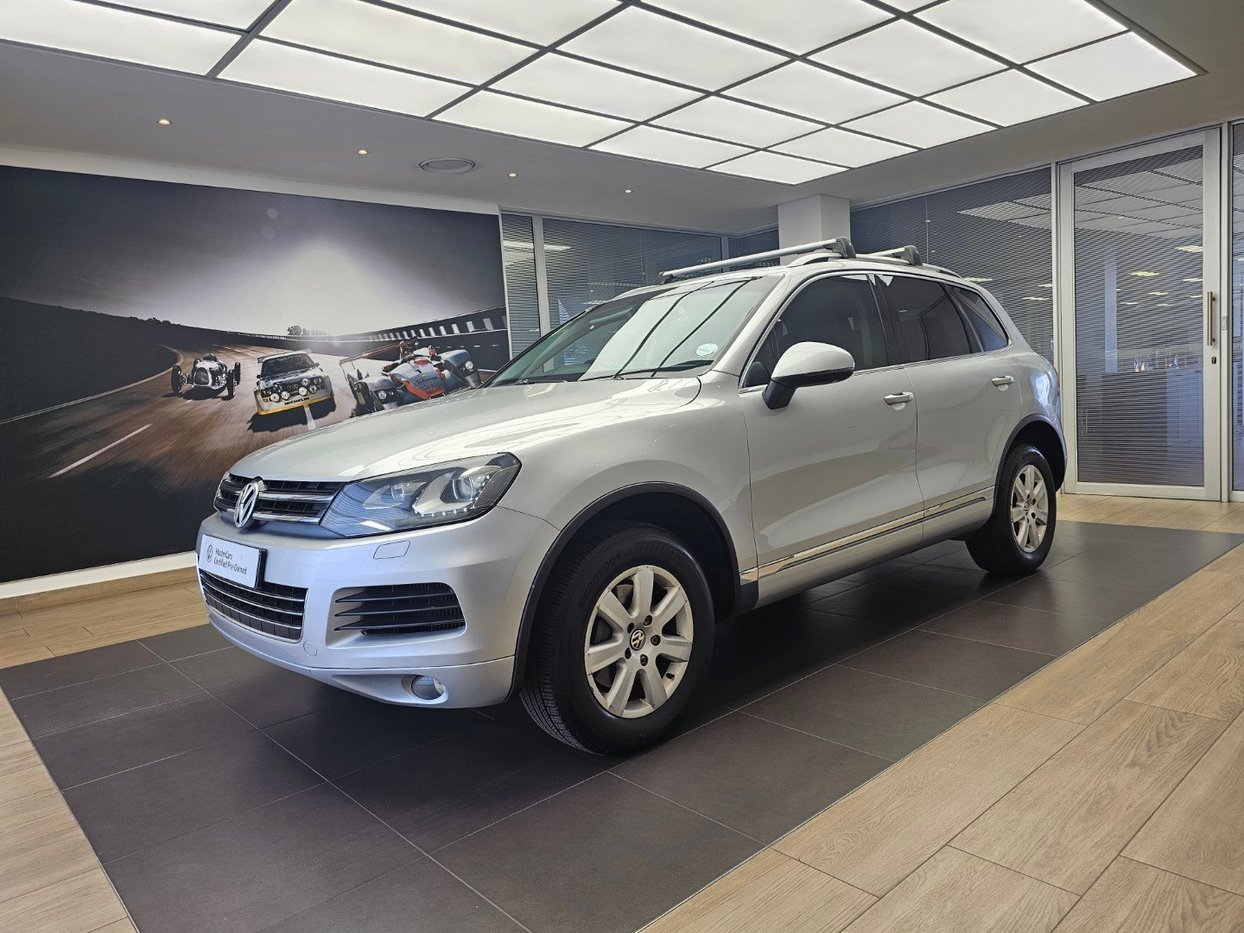
That model was also subject to two official NHTSA recalls, one related to fuel filter leakage and another involving seat belt concerns.
The 2008 version encountered even more problems, facing four separate recalls for fuel pump leaks, roof edge spoiler defects, and issues with the fuel supply line.
Meanwhile, the 2012 Touareg suffered from recurring TDI (Turbocharged Diesel Injection) failures, with repairs often averaging around $7,000.
Additionally, some owners noted brake pedal failure occurring while cruise control was engaged. The combination of high fuel consumption and steep repair bills makes these Touareg models ones to avoid.
2018 Volkswagen Atlas
Large SUVs are a favorite among North American consumers, and Volkswagen stepped into this competitive space in 2018 with the introduction of the Atlas. Buyers had two choices: the standard Atlas and the Atlas Cross Sport.
The standard version included a third row, accommodating two extra passengers, while the Atlas Cross Sport had a shorter, more coupe-like profile.
Despite being promoted as a family-oriented SUV, the first-generation Atlas especially the 2018 model is infamous for its engine troubles and a host of other mechanical issues.
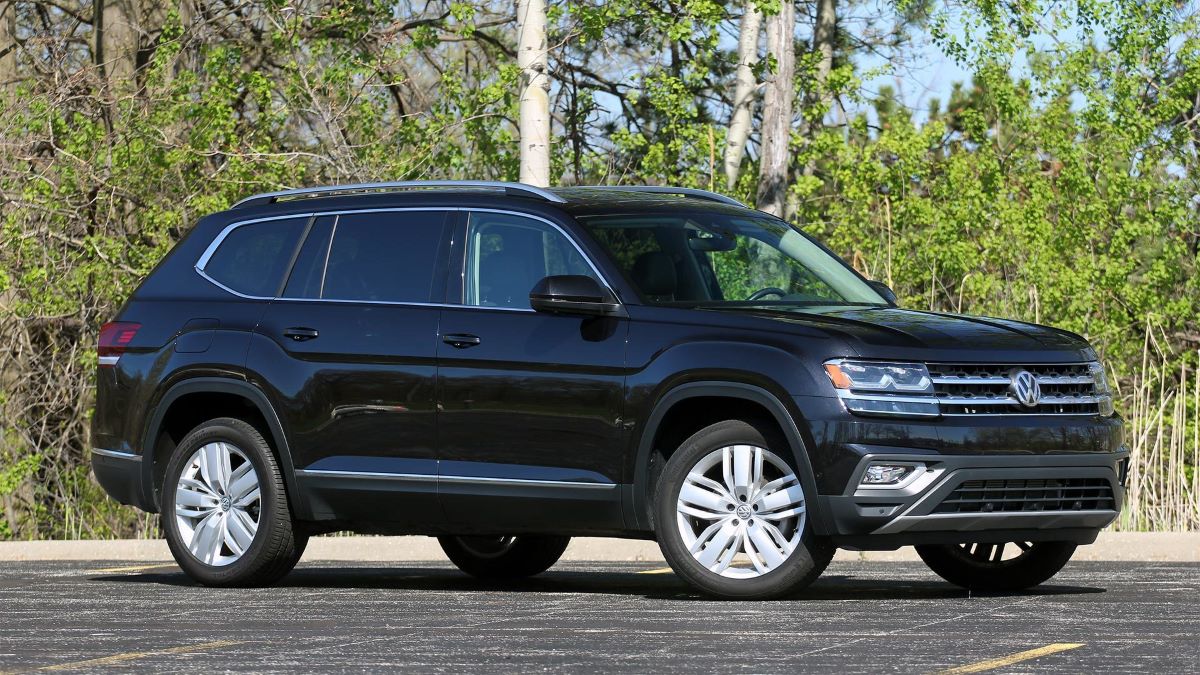
Data from CarComplaints reveals that the 2018 Atlas holds the highest number of reported problems, most of which center around the engine, electrical system, paint quality, and cooling components.
To make things worse, the 2018 model has been linked to an alarming 16 recalls, according to information from the NHTSA.
Common problems that have been flagged by 2018 Volkswagen Atlas owners include water pump failures, faulty airbags, radiator defects, and issues with the vehicle’s safety brake system, as noted by Consumer Reports.
2010 and 2012 Volkswagen CC
The Volkswagen CC, which stands for Comfort Coupe, was a more stylish derivative of the well-known VW Passat. Launched in 2008, the CC traded interior headroom and cargo space for a sleeker, coupe-inspired silhouette.
Among the various model years, the 2011 version stood out for its design excellence, earning three significant accolades: the iF Product Design Award (iF Industrie Forum Hannover), the red dot Design Award (Design Centre of Nordrhein Westphalia, Essen), and the Australian ‘Design Award’ (Australian International Design Awards, Sydney).
Even with its award-winning design and more than 320,000 units sold, the Volkswagen CC came with its fair share of issues.
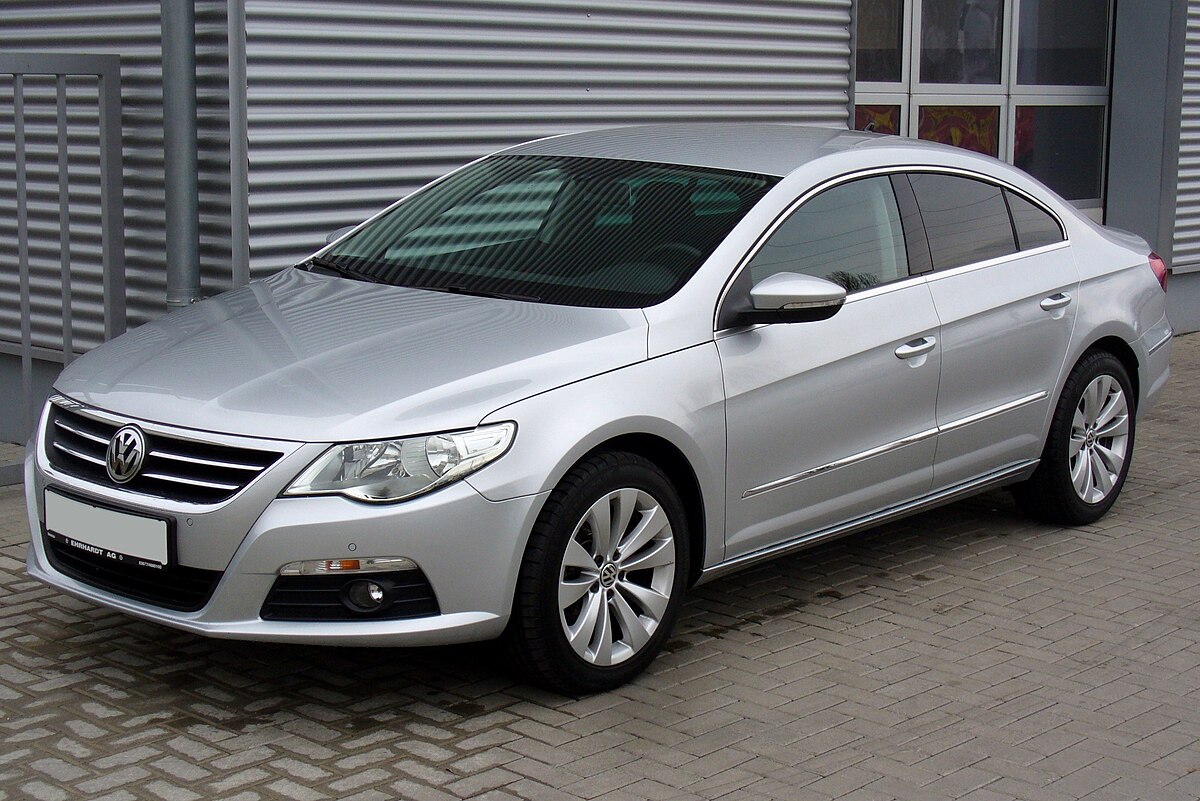
According to CarComplaints, the 2010 model year had the highest volume of consumer complaints 387 in total primarily focused on engine-related problems. This version also faced four official recalls, based on NHTSA records.
The 2012 CC, despite having slightly fewer complaints at 391, was designated the Worst Model Year by CarComplaints. It was recalled six times for issues such as airbag failures and fuel pump malfunctions.
Because of these ongoing concerns, both the 2010 and 2012 Volkswagen CC model years are considered among the least reliable and best avoided.
2001 and 2015 Volkswagen Golf
The Volkswagen Golf is undoubtedly a legendary nameplate in the automotive world. Loved by millions, the Golf has consistently been one of Volkswagen’s best-selling models.
As of 2024, approximately 40 million units have been sold globally since its introduction in 1974. Despite its strong reputation, there are certain model years that have caused significant frustration for owners and are better left untouched.
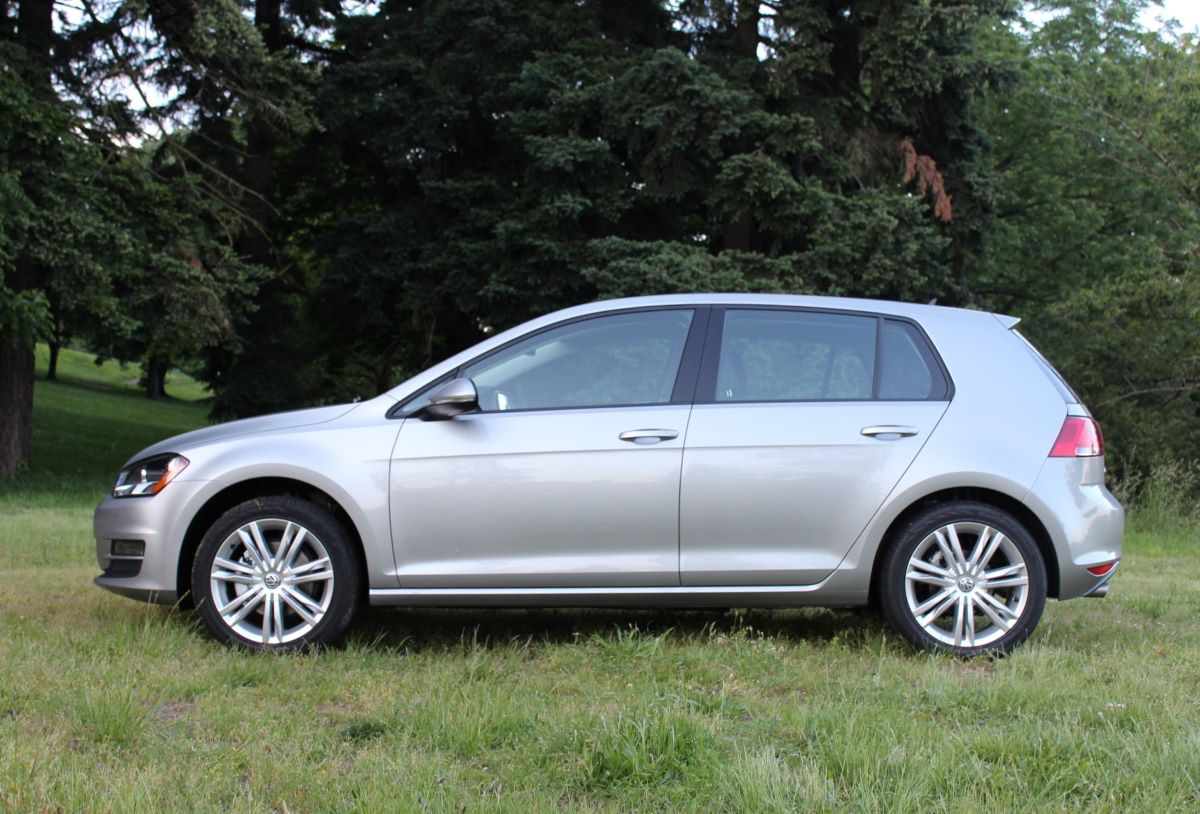
The 2001 Volkswagen Golf, for example, has accumulated 168 complaints on CarComplaints and has been involved in nine official recalls, according to the NHTSA.
These recalls addressed engine defects, problems with the cooling system, exterior lighting malfunctions, and braking system issues. The 2002 model also proved troublesome for owners, with problems including erratic automatic gear shifting, reverse gear failures, and engine overheating.
However, the most problematic year for the Golf is 2015. With more than 200 complaints and a total of 12 recalls, according to NHTSA data, the 2015 Volkswagen Golf stands out as the model to avoid more than any other.

